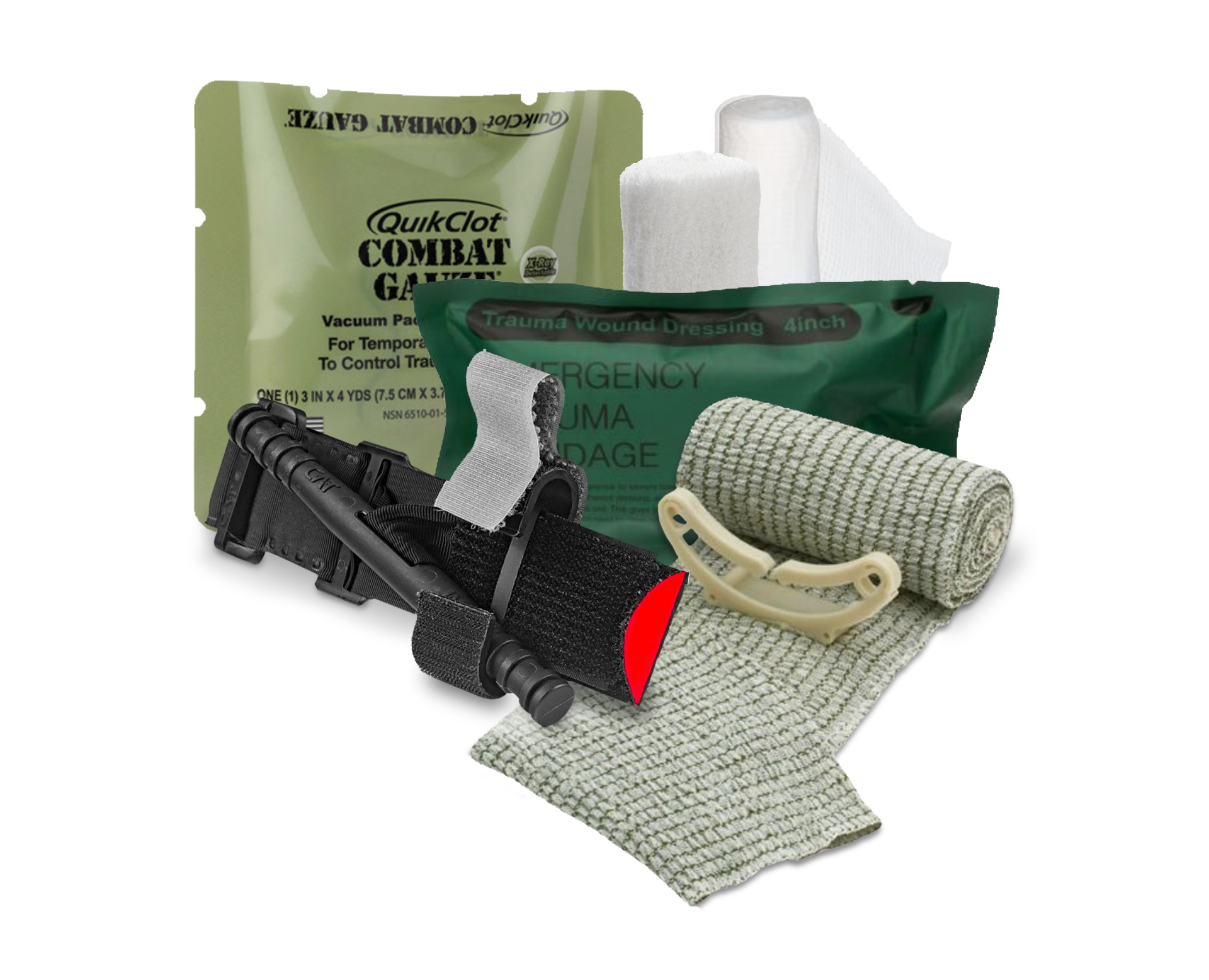Range Medical
- 360 Precision
- Insights
- Insights
- Range Medical
Be prepared for medical emergencies while at the range

We all know the three rules of gun safety; keeping the muzzle pointed in a safe direction, keeping the firearm unloaded until ready for use and never placing your finger on the trigger until ready to shoot. Following these rules helps to ensure our safety and the safety of those we’ve brought with us to the range. However, we can never be sure of the level of safety being exercised by other groups at the range, and accidents can and do happen. For this reason, some thought and preparation should be applied to the scenario of you or someone in your group suffering a severe injury while at the range.
The simplest preparation for a medical emergency while at the range is information. Since you yourself may be the victim of a medical emergency, everyone in your party should know the name and location of the range as well as the location and directions to the nearest emergency medical facility. Calling 911 should always be your first course of action in any emergency. However, the tendency for gun ranges to be located in areas with weak or no cell signal makes having this backup plan a good idea.
In addition, everyone in your party should know the location and contents of the first aid kit. It would be a shame if available medical supplies were not used when needed because no one knew there was a first aid kit nearby.
First-Aid Kits
While store-bought first-aid kits are surely better than having nothing at all, buying a kit and tossing it in with your gear is hardly preparing yourself to handle a serious injury. Most off-the-shelf first aid kits are woefully understocked for handling a gunshot wound (GSW) and for this reason, adding to an existing kit or building your own is a better solution. Buy multiples of everything; tourniquets, battle dressings, hemostatic dressings, triangle bandages, gauze, etc. Just about every GSW will result in at least two wounds, an entry wound and an exit wound. In addition, there are several scenarios (passing through both legs, passing through two individuals) where one bullet could create four or more exit and entry wounds.
Training and Practice
Applying a large amount of pressure to the wound, packing the wound, and (if necessary and possible) applying a tourniquet are the steps needed to slow a severe bleed. However, the skills and techniques needed to accomplish this are beyond the scope of this article. If at all possible, obtain first aid training and while any training is better than no training, try to find a first-aid course that focuses on hemorrhage control.
Once you’ve stocked multiples of everything in your first aid kit, buy one more of each to practice with, and then… practice with them! Keep them separate from your first aid kit and in a location where you will actually practice with them. (Pro tip: keep them wherever you watch TV and practice applying them to yourself or family members while timing yourself against a 30-second commercial spot)
In conclusion, having a properly-stocked first-aid kit and obtaining training on how to use the contents of that kit will prepare you to manage a severe bleed should the unthinkable happen. Stay safe out there!
